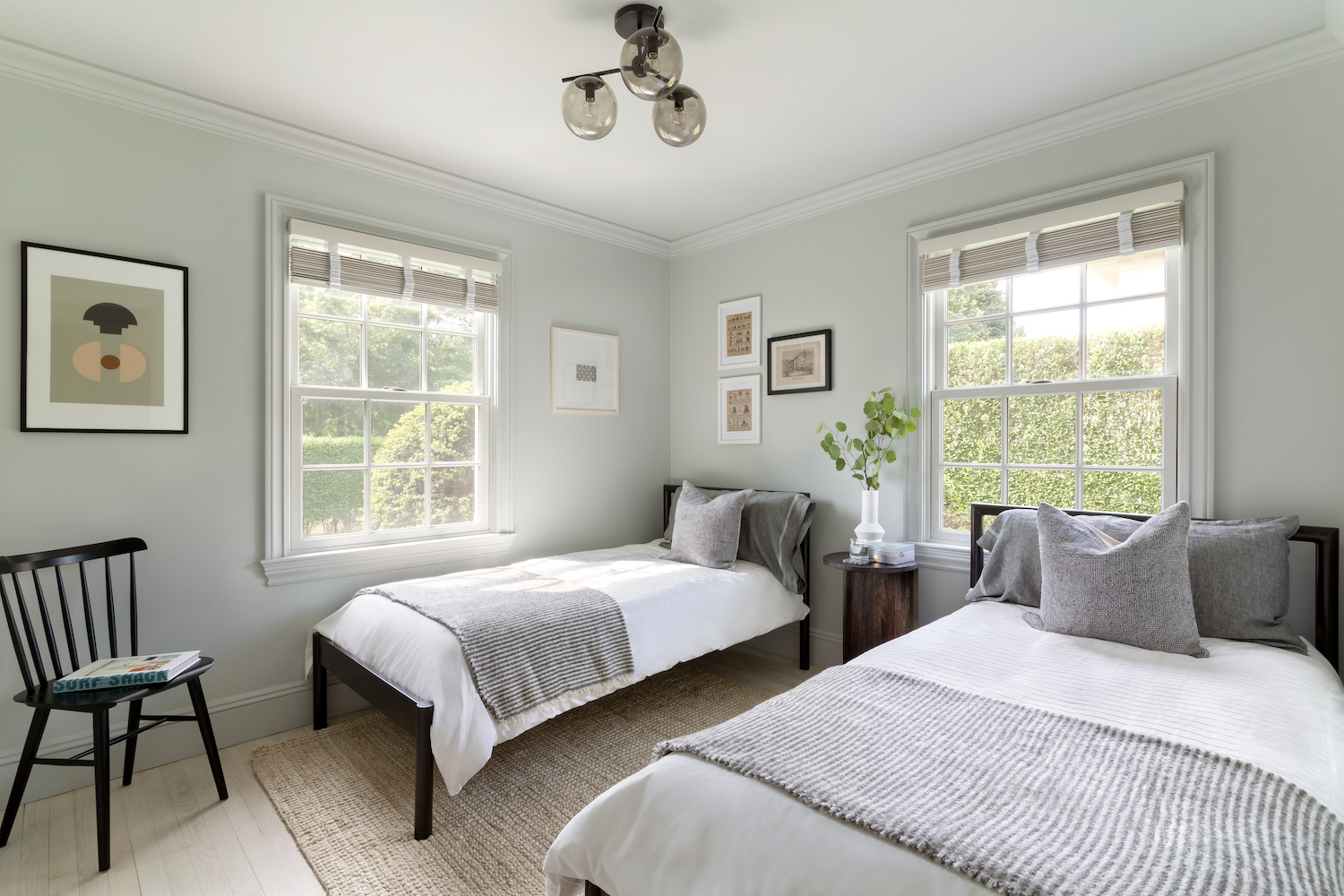If you are thinking that painting the house with interior paint ( สี ทา ภายใน which is the term in Thai) does not have any secrets, then you are wrong. It is a true art and, therefore, if you want a job well done and a final result five stars, you must know some techniques and tricks. Here are 8 tips from the professionals to paint the house that we are sure will be of maximum use.
- Mix The Paints Before Painting
Mix in a container the paint you will need to do the painting. This is because even inks of the same color can generate slight variations in the shade if they are from different batches. Therefore, it is ideal to melt them before applying them to the surface.
- Paper With Card
Cover the floor with cardboard. It is the ideal material, as it is cheap and absorbs the ink, making it dry more quickly.
- Pay Attention To The Drying Time
The drying time varies depending on the climate. If it is too moist, the paint will have a harder time drying, while in very dry or hot weather, the paint may not spread properly and leave stains on the surface. Always avoid painting on days with humidity below 10%.
- Wash Well Before Painting
Clean the wall with water and detergent and, in case of moisture stains, apply bleach. Pen scratches come out with alcohol or, as a last resort, sanding.
- Insulate The Baseboard
Clean the dust and, with the help of a ruler, apply adhesive tape to the baseboard. Paint the wall from the center to the bottom so that the brush does not reach the tape and the baseboard so moist.
- Protect The Hinges
If you are also going to paint the doors, be careful not to fill the hinges with paint. This, in addition to being unsightly, makes it difficult to open and close the doors afterward. Our tip is that, before painting, apply a little liquid petroleum jelly. They will get oily, thus preventing the ink from catching.
- Cover The Doorknobs
Like hinges, door handles must also be protected from paint. In this case, the suggestion is to wrap them in aluminum foil. Don’t fail!
- Scrape The Window Panes
The windows of the windows cannot be insulated so, when painting, always pass the roller in the opposite direction to that of the window. If a few paints drop still fall on the glass, use a spatula, preferably plastic, and remove the dry paint. A piece of cloth, dip it in the paint, wring it out, and tap it on the surface. You will achieve a stunning spotted effect.





